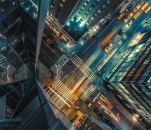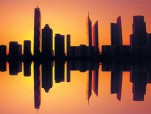
Asian Heights
The rapid growth of the technology advances of the new century construction industry leads to a regular changes in the list of the world’s tallest buildings. The obtained titles of most impressive skyscrapers in respective categories pass from one building to another, while contemporary planet habitants tire of getting surprised by new high-rise achievements. Its obvious that the overwhelming majority of such changes in the cities skylines are being undergone by Asian countries. Mass high-rise construction in China or India is so notable that we regularly cover these processes in our targeted overviews. However, these changes happen also in other countries of Asian region.













